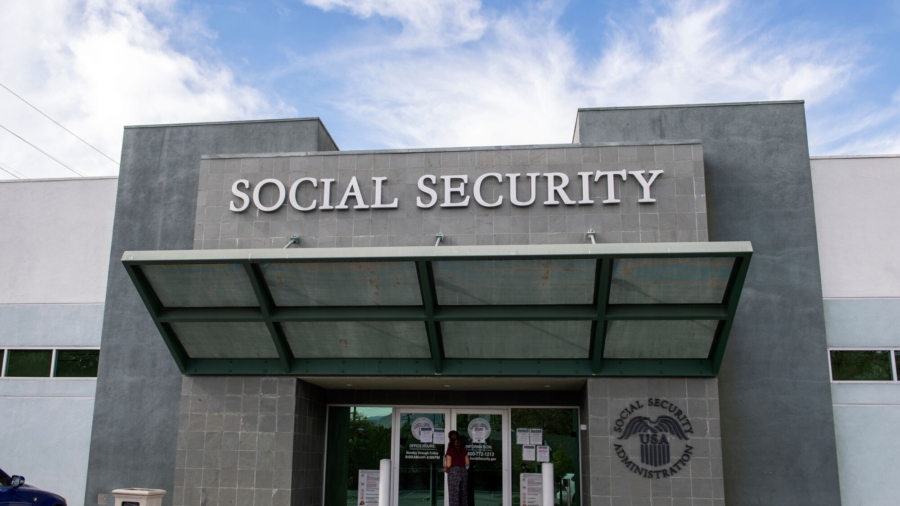Retirees on Social Security have been feeling the effects of inflation since the start of the COVID-19 pandemic, but the financial strain was particularly pronounced in 2022 as inflation soared and inflation-based adjustments fell short by nearly half, according to a new analysis by The Senior Citizens League (TSCL), a non-partisan organization.
On Thursday, TSCL published a report on how inflation-based cost-of-living adjustment (COLA) for Social Security benefits have consistently fallen short of pandemic-era inflation.
According to their analysis, Social Security’s 5.9 percent COLA for 2022 fell short of covering the added costs of inflation by an average of 46 percent per month. In dollar terms, Social Security recipients fell about $41.25 behind each month or about $495 for the year.
The same TSCL analysis found that Social Security recipients fell about $53 behind on average with the COLA adjustments in 2020, and about $612 on average with the COLA adjustments in 2021. In total, TSCL calculated COLA calculations have left the average Social Security recipient behind by about $1,054 since 2020. TSCL calculated these Social Security shortfalls before accounting for Medicare Part B premiums, which many Social Security recipients use and that are often deducted directly from their social security checks.
According to TSCL, Medicare Part B premiums were $170.10 per month in 2022, $2,041.20 for the whole year, making the 2022 premiums one of the largest increases in Medicare program history.
Advocates Ask if Seniors Will Be Able to Catch Up
Following the inflation-related shortfalls, TSCL asked if senior citizens on social security will be able to catch up.
“Before anyone can answer that question, we first need to have a measure of just how far Social Security benefits fell short due to cost-of-living adjustments (COLAs) that didn’t match up to actual inflation,” TSCL Social Security and Medicare policy analyst Mary Johnson said.
TSCL said Social Security recipients’ hopes for catching up with inflation this year will depend on prices coming down significantly.
The 2023 COLA for Social Security is set at 8.7 percent.
“This may be the first and possibly the last time that beneficiaries today receive a COLA this high,” TSCL said in an October 2022 press briefing (pdf). The organization warned, at the time, that it’s “too early to say how well the 8.7% COLA will keep pace with inflation in 2023.”
The U.S. Bureau of Labor Statistics recently reported that inflation slowed to about 6.5 percent in December, from 7.1 percent in November.
In October, TSCL also pointed to a drop in Medicare Part B premiums as a potential sign of good news. The standard Part B premium in 2023 will be $164.90, or a decrease of $5.20 per month, from $170.10 in 2022. That drop in Medicare premiums, along with the 8.7 percent COLA for Social Security, could help senior citizens catch back up financially, as long as the current trend in inflation holds.
Still, the 2023 COLA for Social Security might not be enough for some senior citizens.
Joe Elsasser, founder and president of the Social Security claims technology company Covisum, told CNBC that the 2023 COLA adjustment likely won’t significantly increase anyone’s buying power.
“Although it might seem like a raise, it’s probably not a real raise,” Elsasser told CNBC.
The Social Security Administration adjusts COLA based on the Consumer Price Index for Urban Wage Earners and Clerical Workers (CPI-W). The CPI-W is one measure of inflation, and may not account for the prices of many everyday costs.

